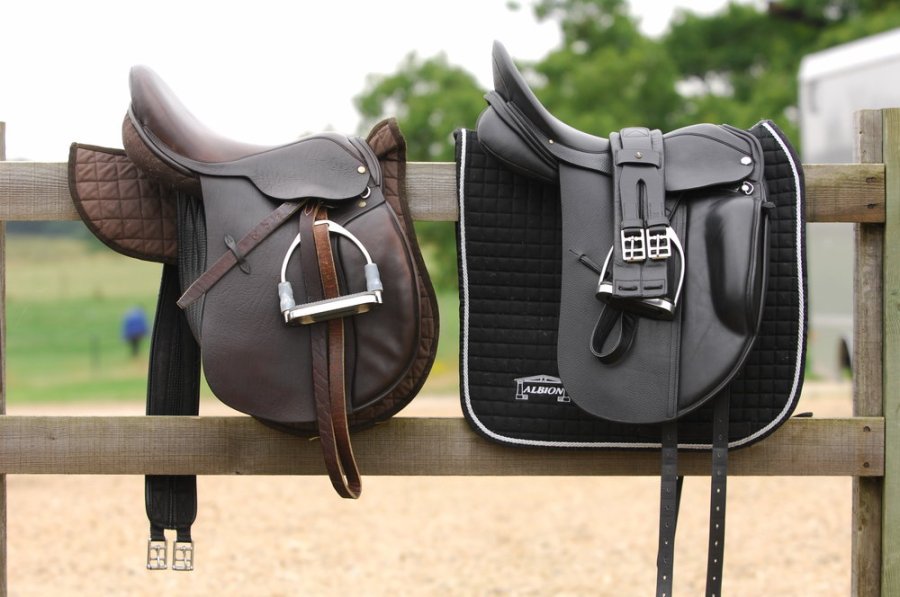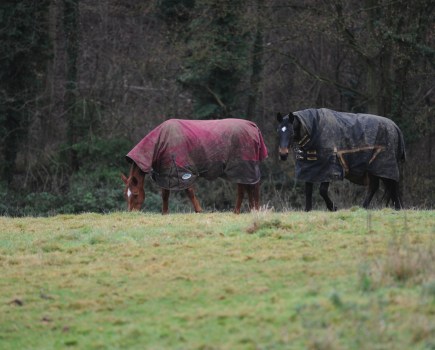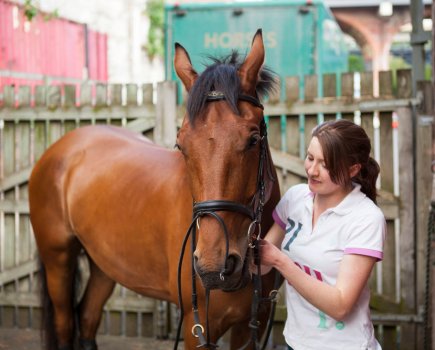Kay Hastilow, master saddler and former president of the Society of Master Saddlers, explains the situations when you might opt for treeless, and why she considers them a temporary measure.
Not everyone is a fan of treeless saddles. Trees are designed to help balance the rider and distribute the pressure and forces generated over the horse’s back to where they are supported by the rib cage.
Often, a horse will go a little better initially when ridden in a treeless saddle. However, the lack of a tree concentrates pressures and forces into a few small areas – namely where the stirrups are suspended, at the girthing attachments and under the rider’s seatbones. These concentrated pressures can cause damage to a horse’s back over time.
If you are using a treeless saddle and start to notice heat, swelling or discomfort, or occasional atrophy in the areas mentioned, it’s probably due to the pressure.
Not everyone will have the same experience. Some horses do go better in treeless saddles. For example if your horse is a little on the chunky side, especially if he’s so wide that fitting a treed saddle is difficult, he may work better with a treeless saddle with no discomfort.
So, in answer to the question of when opting for a treeless saddle might be the best option, personally my response would be “rarely, if ever” – and perhaps only then with a horse so large that even the extra, extra wide bars available for adjustable saddles aren’t enough. I’d consider a treeless saddle a temporary measure only.
Of course every horse/rider/saddle combination is different – what works for one horse may not work at all for another. The most important thing is that the horse is happy and comfortable, whether this be in a treed or treeless saddle.
Don’t miss the latest issue of Your Horse Magazine, jam-packed with training and veterinary advice, horse-care tips and the latest equestrian products available on shop shelves, on sale now.









